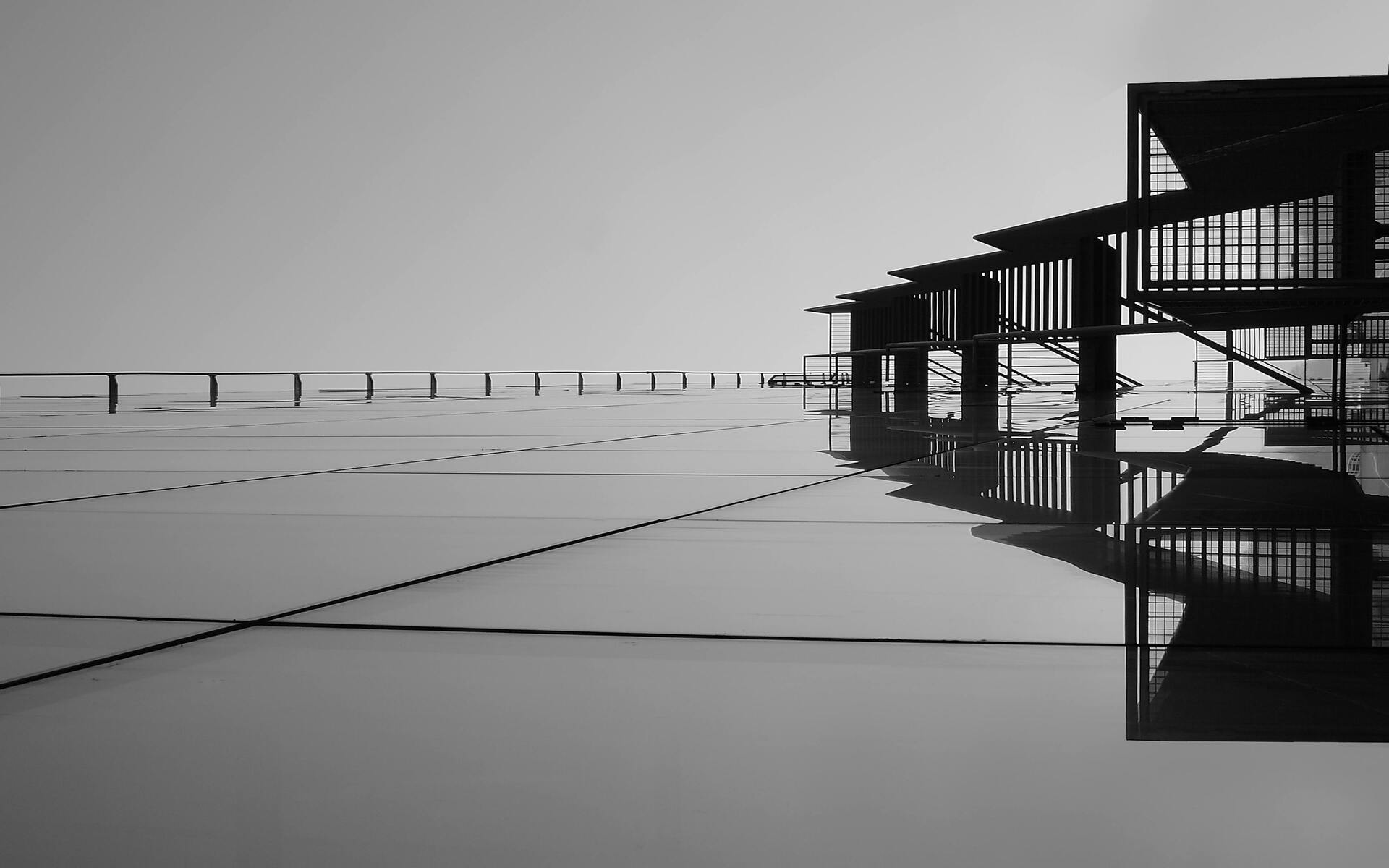
FAQ About Architectural Photography
Architectural Photography
2 years ago | gizem
How can I capture the scale and proportion of a building in a photograph?
Capturing the scale and proportion of a building in a photograph is essential to convey its grandeur and architectural significance. Here are several techniques to help you achieve this:
- Include People or Objects: Place people or objects within the frame to provide a sense of scale. A person standing next to or in front of a large building can help viewers understand its size and proportions. Make sure these elements are appropriately positioned to emphasize the building's scale.
- Choose the Right Perspective: Experiment with different angles and vantage points to showcase the building's height and breadth. For tall structures, consider shooting from a low angle to emphasize their height. For wider buildings, choose a perspective that accentuates their width.
- Use Wide-Angle Lenses: Wide-angle lenses (e.g., 14mm to 24mm) are excellent for capturing entire buildings and conveying a sense of vastness. They allow you to include more of the structure in the frame, making it easier to show scale.
- Position Yourself Farther Away: Step back and photograph the building from a distance to encompass more of its surroundings. This approach can help viewers understand the building's place in the broader environment and get a better sense of its size.
- Contextual Framing: Frame the building within its surroundings. For example, if you're photographing a skyscraper, include nearby buildings, streets, or landmarks to provide context and emphasize the building's scale by comparison.
- Incorporate Leading Lines: Use leading lines, such as roads or pathways, to guide the viewer's eye toward the building. These lines can help create a sense of depth and draw attention to the structure's size.
- Shoot During Ideal Lighting Conditions: Capture the building during the golden hours (shortly after sunrise or before sunset) when the soft, warm light can enhance the building's features and make it appear more impressive.
- Vertical and Horizontal Lines: Pay attention to the vertical and horizontal lines of the building. Ensure that these lines are straight and parallel to avoid distortion, which can affect the viewer's perception of scale.
- Consider Aerial Photography: Using drones or elevated platforms can provide unique perspectives that highlight the scale of the building from above. Aerial shots can be particularly effective for capturing large complexes or structures.
- Bracketed Exposures: Use exposure bracketing to capture a range of exposures and later blend them in post-processing. This technique can help reveal details in both the bright and shadowed areas of the building, providing a better sense of its scale.
- Include Unique Features: Highlight unique architectural features or elements that are characteristic of the building's design. This can draw attention to the building's distinctive qualities and help convey its scale.
- Human Interaction: Capture moments when people interact with the building, such as entering or exiting doors, walking along pathways, or looking up in awe. These candid shots can provide a dynamic element that enhances the perception of scale.
- Panoramas and Stitching: If the building is exceptionally large, consider creating panoramic images by stitching together multiple shots. Panoramas can capture the full extent of the structure and emphasize its size.
